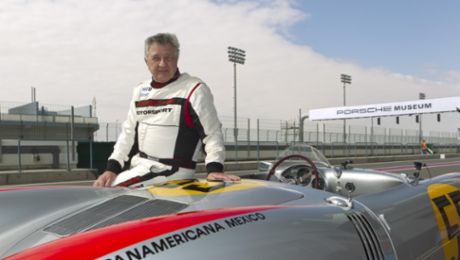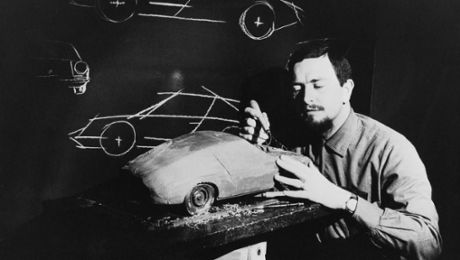After 10 years, Porsche revised the 911 from the ground up, without watering down the silhouette or the design. With model year 1974, series production of the new 911 – known internally as the G-Series – began after the summer holidays in August 1973. The second generation was longer and more comfortable, at 4,291 millimetres. New bumpers with plastic bellows-style telescopic ends met the strict US crash regulations and could absorb impacts at up to 5 miles per hour (approximately 8 km/h) without the body being damaged. Inside, comfortable seats with integrated headrests and automatic seat belts became standard.
From the second model generation, every 911 featured an engine with 2.7 litres of displacement. This had previously been reserved for the most performance-focused model in the range, the 911 Carrera RS 2.7. The 150 PS 911 Coupé of model year 1974 cost 26,980 Deutschmarks. The Carrera was slightly wider around the rear wheel arches than the first-generation model. Highlights of the G-Series included the 911 Turbo introduced in 1974. It featured a turbocharger, wide rear end and rear spoiler. Other notable versions included the Cabriolet and the Speedster models. The launch of the G-Series came at an inauspicious time, however, as the oil crisis in autumn 1973 hit Porsche hard. But the second-generation 911 was ever more popular among customers despite internal competition from the 924, 944 and 928 ranges. The G-Series was manufactured until the 1989 financial year (the end of the K programme – Porsche’s internal code for distinguishing model years). Porsche built 196,397 examples of the G-Series.


